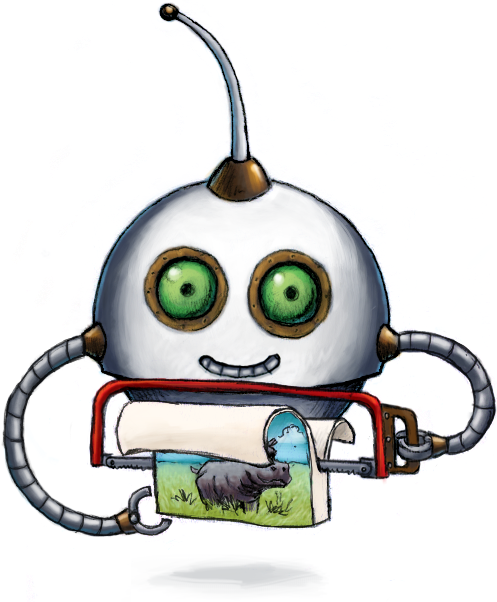
Optimize images without quality loss
🤖/image/optimize reduces the size of images while maintaining the same visual quality.
With this Robot it's possible to reduce the file size of your JPEG, PNG, GIF, WEBP and SVG images by up to 80% for big images and 65% for small to medium sized ones — while keeping their original quality!
This Robot enables you to lower your storage and bandwidth costs, and improves your user experience and monetization by reducing the load time of image-intensive web pages.
It works well together with 🤖/image/resize to bring the full power of resized and optimized images to your website or app.
Note: This Robot accepts all image types and will just pass on unsupported image types unoptimized. Hence, there is no need to set up 🤖/file/filter workflows for this.
Usage example
Optimize uploaded images:
{
"steps": {
"optimized": {
"robot": "/image/optimize",
"use": ":original"
}
}
}
Parameters
-
useString / Array of Strings / Object requiredSpecifies which Step(s) to use as input.
-
You can pick any names for Steps except
":original"(reserved for user uploads handled by Transloadit) -
You can provide several Steps as input with arrays:
"use": [ ":original", "encoded", "resized" ]
💡 That’s likely all you need to know about
use, but you can view Advanced use cases. -
-
priorityString ⋅ default:"compression-ratio"Provides different algorithms for better or worse compression for your images, but that run slower or faster. Valid values are
"compression-ratio"and"conversion-speed". The value"conversion-speed"will result in an average compression ratio of 18%."compression-ratio"will result in an average compression ratio of 31%. -
progressiveBoolean ⋅ default:falseInterlaces the image if set to
true, which makes the result image load progressively in browsers. Instead of rendering the image from top to bottom, the browser will first show a low-res blurry version of the image which is then quickly replaced with the actual image as the data arrives. This greatly increases the user experience, but comes at a loss of about 10% of the file size reduction. -
preserve_meta_dataBoolean ⋅ default:trueSpecifies if the image's metadata should be preserved during the optimization, or not. If it is not preserved, the file size is even further reduced. But be aware that this could strip a photographer's copyright information, which for obvious reasons can be frowned upon.
-
fix_breaking_imagesBoolean ⋅ default:trueIf set to
truethis parameter tries to fix images that would otherwise make the underlying tool error out and thereby break your Assemblies. This can sometimes result in a larger file size, though.
Demos
Related blog posts
- Enhancing web speed with lossless image optimization June 6, 2013
- A happy 2014 from Transloadit! January 14, 2014
- Enhanced PNG optimization with pngquant integration July 29, 2014
- On upgrades & goodbyes August 8, 2014
- Auto-optimize images for lower costs & bandwidth November 24, 2015
- Happy 2016 from Transloadit December 31, 2015
- New pricing model for future Transloadit customers February 7, 2018
- Efficient Dropbox to SFTP file transfer with optimization January 28, 2019
- How to reduce image file sizes without losing quality August 3, 2022
